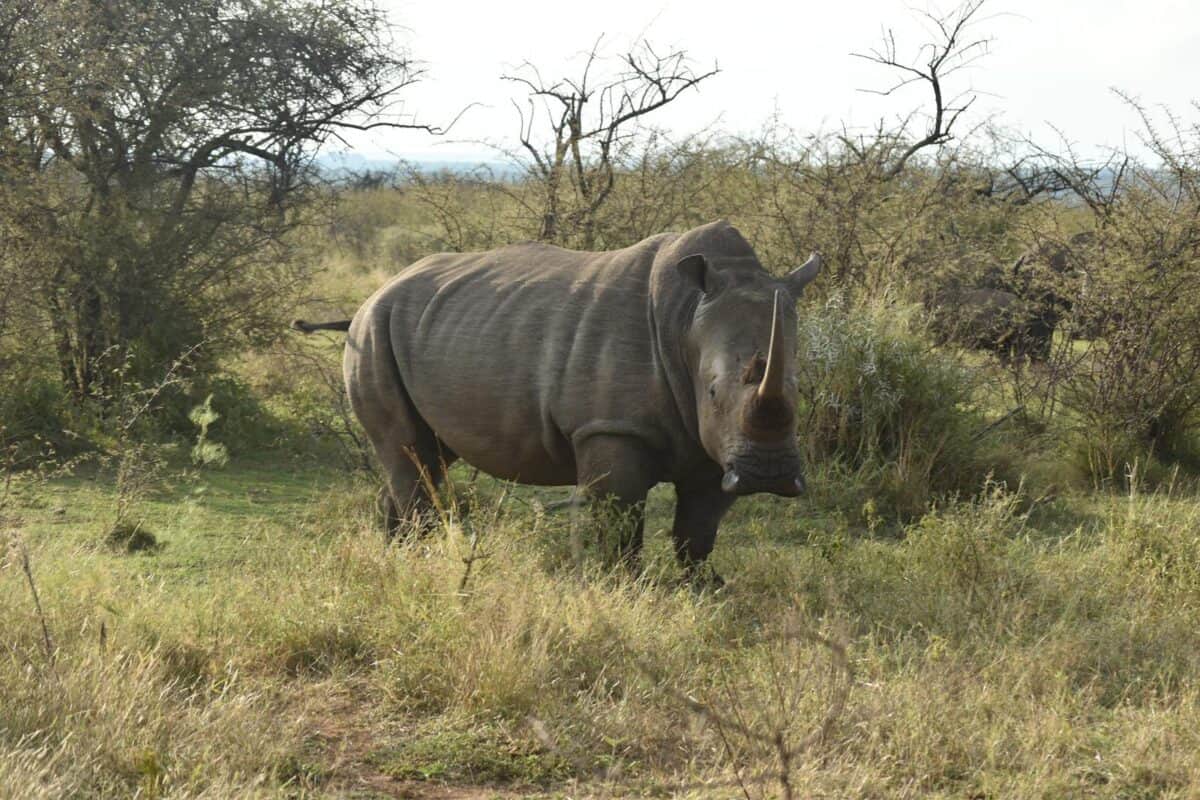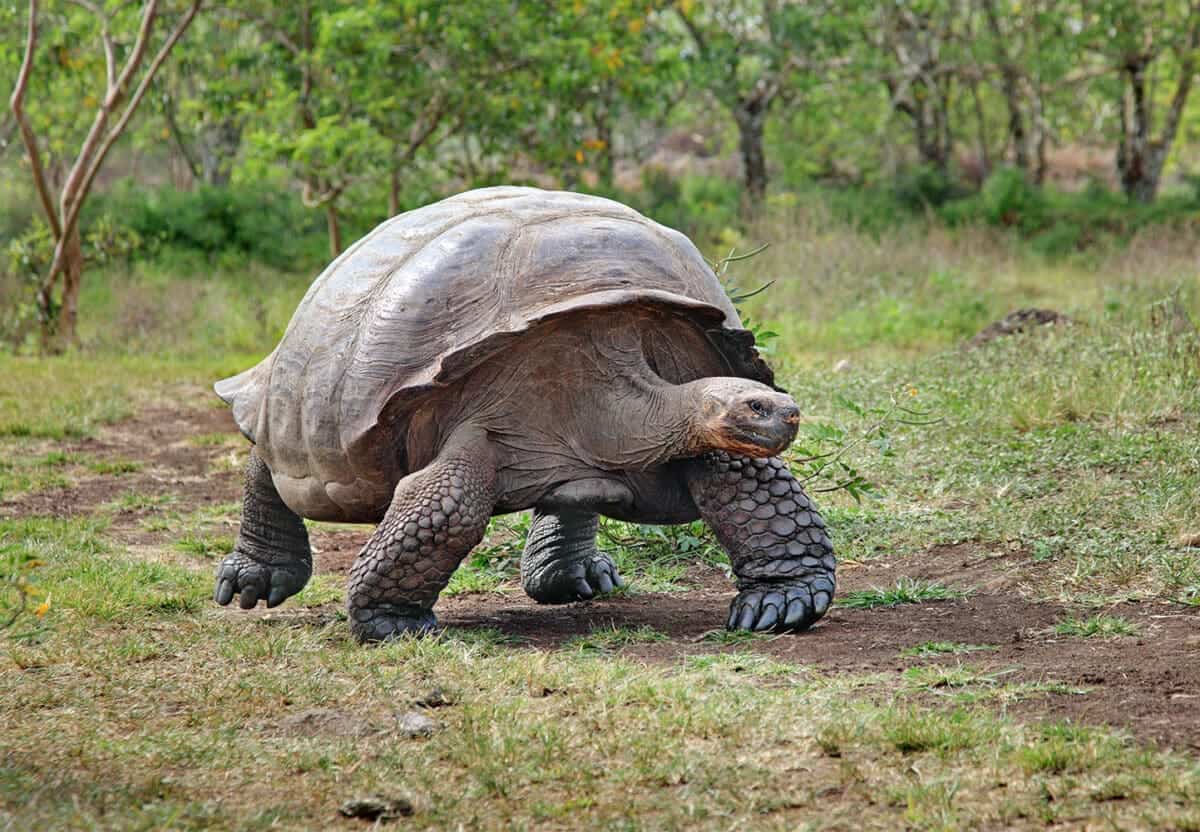Throughout history, our planet was teeming with giant creatures that once roamed the land and sea. From the towering dinosaurs of the Mesozoic Era to the colossal mammals that dominated the Ice Age landscapes, megafauna literally represented the giants of evolution. Although many of these species have since vanished, some remarkable survivors continue to walk among us, embodying the vestiges of Earth’s primal grandeur. This article explores the last surviving megafauna, revealing the natural wonders that these incredible creatures represent.
What Are Megafauna?

Megafauna are large animals, typically characterized by their massive size compared to other species. These creatures have historically included mammals, birds, and reptiles. In a paleontological context, the term often pertains to species from the Pleistocene epoch, known for its mammoths and giant sloths. Megafauna play critical roles in their ecosystems, often acting as keystone species that maintain ecological balance through activities like grazing, predation, and seed dispersal.
The African Elephant: Earth’s Largest Land Mammal

The African elephant, a majestic inhabitant of the savannas and forests of Africa, holds the title of the Earth’s largest land mammal. Weighing up to 13,000 pounds, these pachyderms are known for their intelligence, complex social structures, and powerful trunks. Currently, African elephants face threats from poaching and habitat destruction, making conservation efforts crucial for their survival.
The Colossal Blue Whale

Whales ruled the oceans even during the time of dinosaurs, and today, the blue whale stands as the largest animal to have ever existed on Earth. These ocean giants can grow up to 100 feet long and weigh as much as 200 tons. Despite their size, blue whales are gentle filter feeders, primarily subsisting on tiny shrimp-like creatures known as krill. Conservationists continue to advocate for measures against ship strikes and entanglement in fishing gear to protect these incredible creatures.
The Great White Shark: Apex Ocean Predator

The great white shark, a formidable predator of the seas, exemplifies the might of megafauna in oceanic ecosystems. Reaching lengths of up to 20 feet, they are known for their sharp teeth and acute senses. As apex predators, great white sharks regulate marine populations, underscoring their ecological importance. Currently, these sharks are threatened by overfishing and unsustainable fishing practices.
The Giant Tortoises of the Galápagos

Giant tortoises, particularly those found in the Galápagos Islands, are iconic symbols of evolutionary adaptation. These reptiles can weigh over 500 pounds and live for more than a century. Their slow-paced lives and unique ecological niche highlight their significance in these biodiverse islands. Conservationists have been engaged in habitat restoration to protect these ancient beings from invasive species and climate change.
Giraffes: The Tall Sentinels of the Savannah

Giraffes, with their towering necks and distinctive spotted coats, are another remarkable example of surviving megafauna. These gentle browsers inhabit the African savannas, where their height allows them to reach foliage inaccessible to other herbivores. Despite their graceful appearance, giraffes face threats from habitat loss and poaching, spurring conservationists to action to ensure their survival.
The Elusive Snow Leopard

The snow leopard, often referred to as the “ghost of the mountains,” inhabits the rugged terrains of Central and South Asia. Despite living in some of the Earth’s harshest environments, these big cats are well adapted to their surroundings with a thick fur coat and powerful build. However, habitat fragmentation and poaching pose significant threats to their populations, necessitating transnational conservation efforts.
The Resilient Asian Elephant

The Asian elephant, smaller than its African cousin, remains a critical component of Asia’s tropical and subtropical forests. Known for their intelligence and unique social behaviors, Asian elephants face threats from habitat destruction due to agricultural expansion. Ongoing conservation initiatives focus on ensuring human-elephant coexistence and addressing the challenges of diminishing natural habitats.
American Bison: The Great Plains Mammoth

The American bison, once on the brink of extinction due to overhunting, symbolizes successful conservation when populations rebounded in the 20th century. These massive creatures roam the North American plains and play a vital role in grassland ecosystems by maintaining plant diversity. Today, they serve as a reminder of nature’s resilience and the importance of continued protective measures.
The Mighty Komodo Dragon

As the largest lizard in existence, the Komodo dragon prowls the Indonesian islands with its stout body and fierce demeanor. These fearsome reptiles can reach lengths of up to 10 feet and possess a venomous bite, making them formidable hunters. Conservation efforts are essential to secure their future amid habitat loss and ecological changes.
The Gentle Giants: Dugongs and Manatees

Dugongs and manatees, often called “sea cows,” graze the coastal and riverine waters of the world’s warm regions. These herbivorous marine mammals are instrumental in maintaining the health of seagrass beds. Threats from boat strikes, habitat loss, and entanglement in fishing gear warrant comprehensive conservation efforts to protect these tranquil oceanic denizens.
Giant Pandas: A Conservation Icon

With their distinctive black and white coats, giant pandas epitomize global conservation efforts. Endemic to China’s bamboo forests, these bears primarily feed on bamboo shoots. Though once critically endangered, dedicated conservation programs have fostered a steady increase in their population. Still, pandas continue to face habitat fragmentation and require ongoing conservation support.
In summary, these surviving megafauna represent the last bastions of a bygone age, carrying with them the evolutionary triumphs and historical significance of their ancestors. Each species plays invaluable roles in its ecosystem, underlining the importance of preserving these unique giants. Through collaborative global conservation efforts, humanity holds the key to ensuring that these last surviving megafauna continue to enrich our planet’s biodiversity for generations to come.
- California’s Mountain Lions Are Roaming Closer to Cities Than Ever Before - August 23, 2025
- How Animal Mothers Prepare Their Young for Independence - August 23, 2025
- The Last Surviving Megafauna That Still Roam the Earth - August 23, 2025

